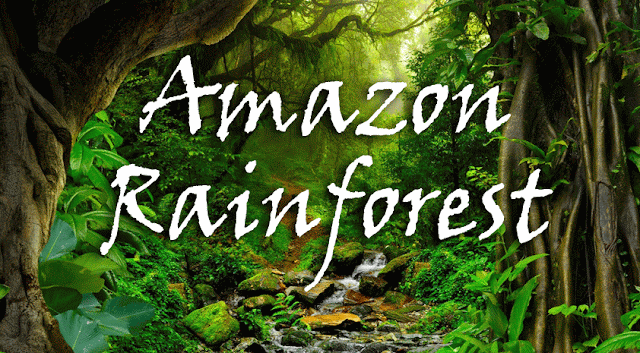The Amazon Rainforest is one of the most extraordinary places on Earth. Spanning nine countries and covering approximately 5.5 million square kilometers, it is home to unparalleled biodiversity and plays a crucial role in maintaining the planet’s climate. Despite being widely studied, the Amazon still holds many secrets and fascinating facts that surprise even the most knowledgeable researchers. Here are ten amazing facts about the Amazon Rainforest that highlight its importance and wonder.
1. The Amazon Produces 20% of the World’s Oxygen
Often referred to as the “Lungs of the Earth,” the Amazon Rainforest produces around 20% of the world’s oxygen through photosynthesis. The billions of trees in the rainforest absorb carbon dioxide and release oxygen, making it a critical component of the planet’s respiratory system.
2. It Houses 10% of the World’s Known Species
The Amazon Rainforest is the most biodiverse region on Earth. It is estimated that one in ten of all known species on the planet can be found within its dense jungles. From exotic birds to unique reptiles and thousands of undiscovered insects, the Amazon continues to be a hotspot for new species discoveries.
3. The Amazon River is the Second Longest in the World
Although the Nile is often credited as the longest river, the Amazon River comes in a very close second. Stretching over 6,575 kilometers (4,345 miles), it is the largest river by volume, discharging more water than the next seven largest rivers combined. It also has over 1,100 tributaries, with 17 of them being longer than 1,000 kilometers.
4. The Rainforest Influences Global Weather Patterns
The Amazon plays a key role in regulating the Earth’s climate. It releases vast amounts of moisture into the atmosphere through a process called transpiration, influencing rainfall patterns not only in South America but around the world. Deforestation in the Amazon has been linked to changing weather conditions across the globe.
5. There Are Hidden Ancient Civilizations Beneath the Trees
While the Amazon is mostly known for its untouched wilderness, archaeologists have discovered evidence of ancient civilizations hidden beneath the canopy. Sophisticated geoglyphs, roads, and urban centers suggest that millions of people once lived in the Amazon before European colonization. Scientists believe these civilizations modified the landscape in ways that still impact the rainforest today.
6. The Amazon Has a “Flying River”
The Amazon Rainforest has an invisible but powerful force known as the “flying river.” This refers to the massive amounts of water vapor transported through the atmosphere by the rainforest’s dense vegetation. This phenomenon contributes to the heavy rainfall seen in the region and helps distribute moisture across the continent.
7. It Is Home to the World’s Largest Collection of Uncontacted Tribes
The Amazon Rainforest is home to some of the last uncontacted indigenous tribes on Earth. It is estimated that around 100 isolated tribes live in the rainforest, maintaining their traditional ways of life without modern interference. Governments and organizations work to protect these tribes from outside threats, including deforestation and illegal activities.
8. The Amazon’s Soil is Surprisingly Nutrient-Poor
Despite its lush greenery, the Amazon Rainforest’s soil is actually very poor in nutrients. Most of the nutrients are found in the plants themselves rather than the soil. When trees die and decompose, the nutrients are quickly reabsorbed, which is why deforestation can have such a devastating impact on the region’s ecosystem.
9. Some Plants in the Amazon Have Medicinal Properties
The Amazon is a treasure trove of medicinal plants, many of which have been used by indigenous peoples for centuries. Scientists continue to study these plants for potential pharmaceutical applications, with some already contributing to treatments for cancer, malaria, and heart disease. It is believed that countless undiscovered medicinal plants are still hidden in the jungle.
10. The Amazon is Disappearing at an Alarming Rate
Deforestation poses one of the greatest threats to the Amazon Rainforest. Large areas are being cleared for agriculture, mining, and infrastructure development. Experts warn that if deforestation continues at its current rate, the Amazon could reach a tipping point where it can no longer sustain itself, leading to severe environmental consequences worldwide.
The Amazon Rainforest is not only a natural wonder but also a vital component of Earth’s ecosystem. Its incredible biodiversity, cultural significance, and climatic influence make it one of the most important regions on the planet. However, it faces serious threats from human activity. Raising awareness about its significance and supporting conservation efforts are crucial steps in ensuring that this extraordinary rainforest continues to thrive for generations to come.








0 Comments